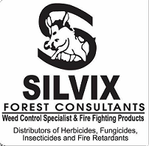.
Options
Costing is based on a rate/km x 2m wide. (1m either side of the fence).
Where there are long grasses, you may want to spray a wider area. If existing weed grasses are taller than 1m it may be advisable to slash the growth prior to spraying. The best and easiest method to spray is immediately after, or at the time, of erection of fences.
Cost/km = 0.8 x Price / Liter = R
This will give good knock-down of existing growth, but will not prevent the germination of seeds. A re-spray at 3-4 months may be required.
2. Suburb (Glyphosate + Triazines)
Spray suburb at a rate of 15Lt/ha, or, 3Lt/km (2m wide)
Cost/ha = 15 x Price / Liter = R
Cost/km = 3 x Price / Liter = R
Suburb gives good knock down of existing weeds, plus, residual control for 8-12 months. Suburb can be safely sprayed in the vicinity of existing trees and desirable vegetation.
3. Format
Spray Format at a rate of 8Lt/ha, or, 1.6Lts/km (2m wide).
Cost/ha = 8 x Price / Liter = R
Cost/km = 1.6 x Price / Liter = R
Format gives good knockdown of existing weeds and control of any regrowth for 12 months and even longer after 2 or 3 applications.
WARNING: Format is not to be used very close to desirable trees or vegetation. It has a high level of activity in the soil and may be absorbed by trees & scrubs with relatively shallow roots in the sprayed zone. Its use is to be avoided on steep slopes as it may move with washed soil.
4. Bundu SC - WARNING – High risk of damage to surrounding vegetation – read the label carefully & determine soil clay content (very important).
Spray Bundu at a rate of 8 – 24 Lt/ha depending on soil clay content or 1.6 – 4.8 Lts/km (2m wide).
Cost/ha = rate x Price / Liter = R
Cost/km = Qty x Price / Liter = R
Bundu gives excellent knockdown of existing weeds and long term control of any regrowth for 1 – 3 years or even longer after 2 or 3 applications.
Please note: With all products, period of residual control may vary and is dependant on the following factors, which may vary:
- Soil type – sandy soils vs. clay content.
- Rainfall
- Microbial activity in the soils
For more information, please contact:
Dix van Dam
Cell: 082 804 7942
Mail: [email protected] or [email protected]
Web: www.bushencroachment.com
- Protect your fences against fire and reduce corrosion. Fire removes the galvanising.
- Keeping fences clear of vegetation makes it easier to do inspections and maintenance.
- In the case of electrified fences, vegetation control is essential.
Options
Costing is based on a rate/km x 2m wide. (1m either side of the fence).
Where there are long grasses, you may want to spray a wider area. If existing weed grasses are taller than 1m it may be advisable to slash the growth prior to spraying. The best and easiest method to spray is immediately after, or at the time, of erection of fences.
- Spray Roundup Weathermax at rate of 4Lt/ha, or, 0.8Lt/Km x 2m wide.
Cost/km = 0.8 x Price / Liter = R
This will give good knock-down of existing growth, but will not prevent the germination of seeds. A re-spray at 3-4 months may be required.
2. Suburb (Glyphosate + Triazines)
Spray suburb at a rate of 15Lt/ha, or, 3Lt/km (2m wide)
Cost/ha = 15 x Price / Liter = R
Cost/km = 3 x Price / Liter = R
Suburb gives good knock down of existing weeds, plus, residual control for 8-12 months. Suburb can be safely sprayed in the vicinity of existing trees and desirable vegetation.
3. Format
Spray Format at a rate of 8Lt/ha, or, 1.6Lts/km (2m wide).
Cost/ha = 8 x Price / Liter = R
Cost/km = 1.6 x Price / Liter = R
Format gives good knockdown of existing weeds and control of any regrowth for 12 months and even longer after 2 or 3 applications.
WARNING: Format is not to be used very close to desirable trees or vegetation. It has a high level of activity in the soil and may be absorbed by trees & scrubs with relatively shallow roots in the sprayed zone. Its use is to be avoided on steep slopes as it may move with washed soil.
4. Bundu SC - WARNING – High risk of damage to surrounding vegetation – read the label carefully & determine soil clay content (very important).
Spray Bundu at a rate of 8 – 24 Lt/ha depending on soil clay content or 1.6 – 4.8 Lts/km (2m wide).
Cost/ha = rate x Price / Liter = R
Cost/km = Qty x Price / Liter = R
Bundu gives excellent knockdown of existing weeds and long term control of any regrowth for 1 – 3 years or even longer after 2 or 3 applications.
Please note: With all products, period of residual control may vary and is dependant on the following factors, which may vary:
- Soil type – sandy soils vs. clay content.
- Rainfall
- Microbial activity in the soils
For more information, please contact:
Dix van Dam
Cell: 082 804 7942
Mail: [email protected] or [email protected]
Web: www.bushencroachment.com
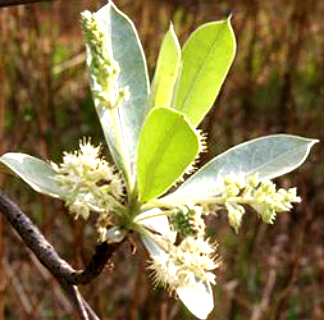
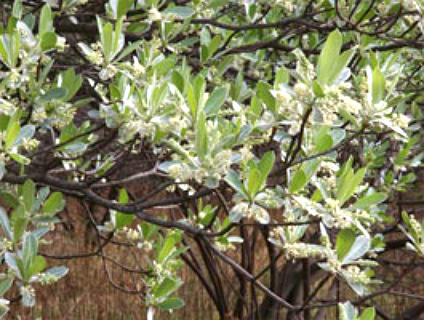
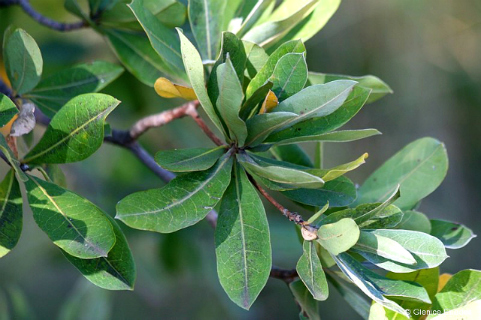
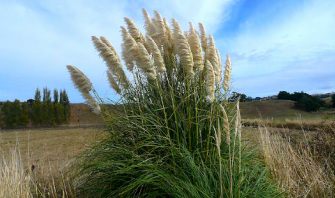
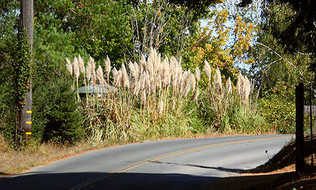
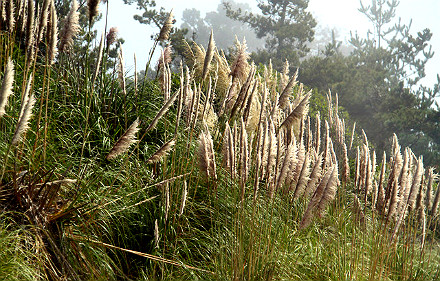
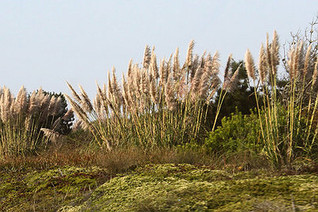
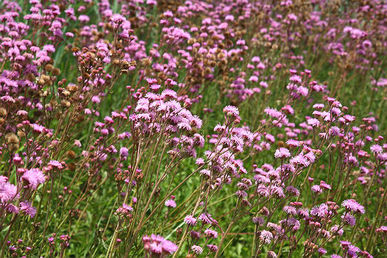
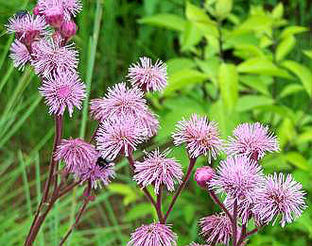
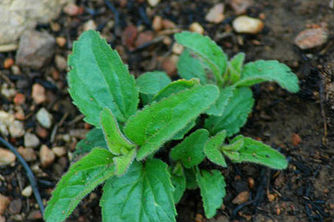
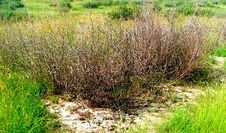
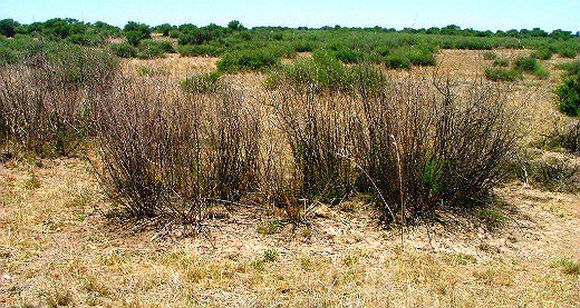
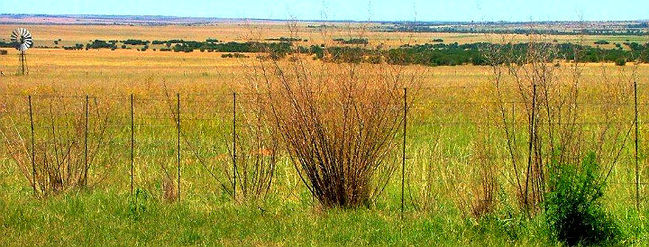

 RSS Feed
RSS Feed
